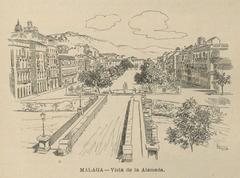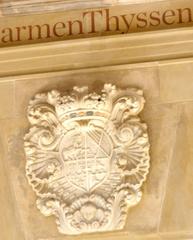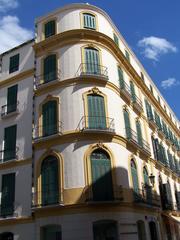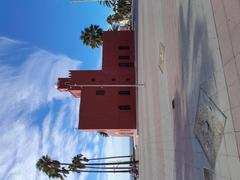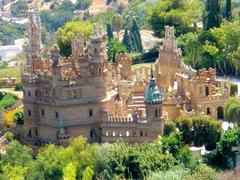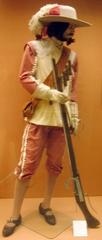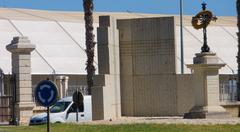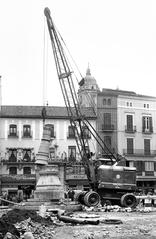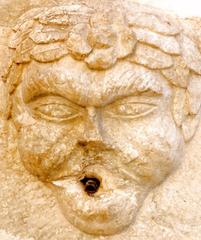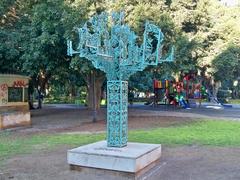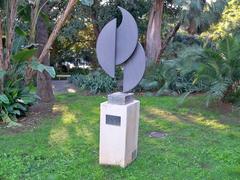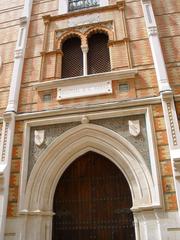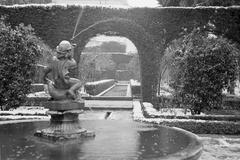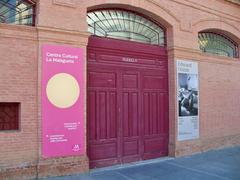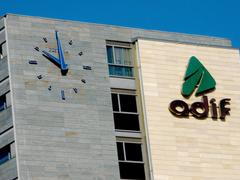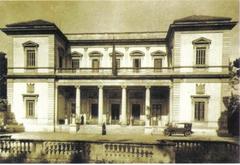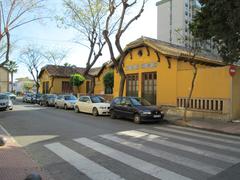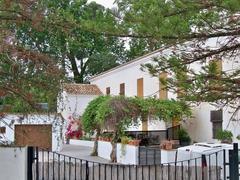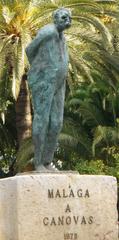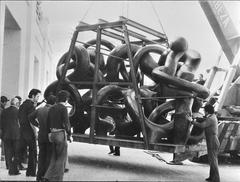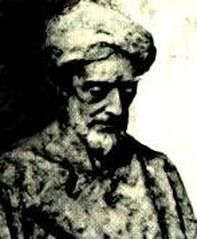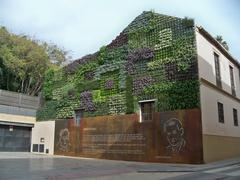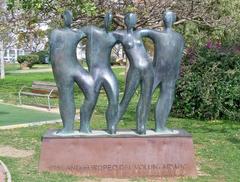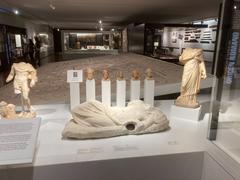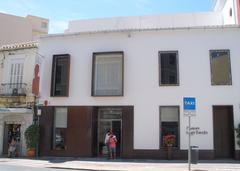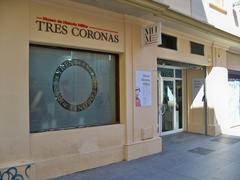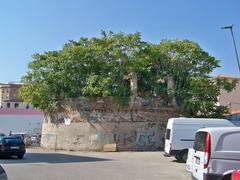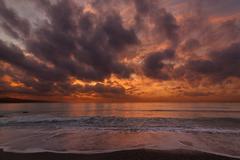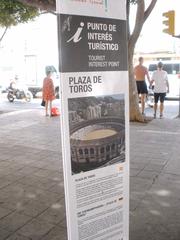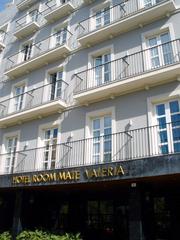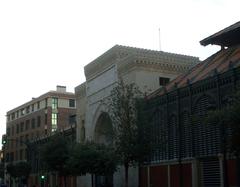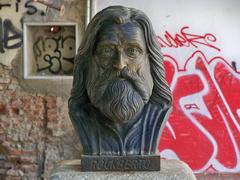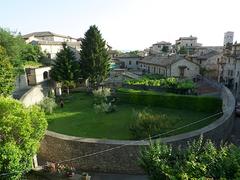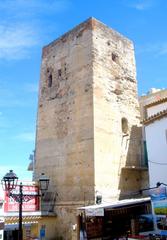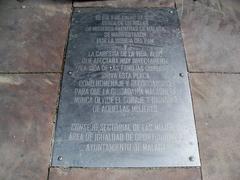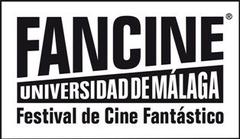Visiting the Monument to Félix Rodríguez de la Fuente in Málaga, Spain: Tickets, Hours, and Tips
Date: 14/06/2025
Introduction
The Monument to Félix Rodríguez de la Fuente in Málaga stands as a distinguished tribute to one of Spain’s most revered naturalists and environmental advocates. Rodríguez de la Fuente became a household name through his groundbreaking television series “El Hombre y la Tierra,” inspiring generations to care for Spain’s wildlife and natural landscapes. The monument, beautifully situated in Parque del Morlaco—a lush pine forest in Málaga—brings together art, history, and nature, inviting visitors to reflect on the ongoing importance of conservation and ecological stewardship.
Whether you are a nature enthusiast, a history buff, or a traveler exploring Málaga’s cultural sites, this guide provides essential information about the monument’s history, visiting hours, accessibility, directions, surrounding attractions, and tips to ensure you make the most of your visit. For further details and updates, please refer to the official Málaga tourism website and Fundación Félix Rodríguez de la Fuente.
(References: Diario Sur, Caminoporlacosta.es, Málaga Tourism Official Website, Wikipedia)
Contents Overview
- Introduction
- Monument History and Relocation
- Artistic Features and Symbolism
- Location and Directions
- Visiting Hours and Accessibility
- What to See and Do
- Travel Tips
- Nearby Attractions
- Community Engagement and Conservation
- Visitor Experience and Educational Impact
- Frequently Asked Questions
- Additional Resources and Links
- Conclusion
Monument History and Relocation
The monument was originally erected in Málaga in the early 1980s to honor Félix Rodríguez de la Fuente’s extraordinary contributions to environmental education and wildlife preservation. Following its initial placement in the Jardines de las Américas, the city council relocated the statue in 2020 to Parque del Morlaco, a setting far more in tune with Rodríguez de la Fuente’s passion for nature (Diario Sur). The relocation ceremony, attended by his daughter Odile and local officials, underscored the symbolic importance of situating the monument amidst native pine trees and wildlife.
This move not only increased the monument’s visibility but also transformed it into a living symbol of Málaga’s ongoing dedication to sustainability and green urban planning—a space where citizens and visitors alike can engage with the legacy of Spain’s foremost naturalist.
Artistic Features and Symbolism
The monument features a striking bronze sculpture of Félix Rodríguez de la Fuente, depicted in a dynamic stance beside an Iberian wolf—the animal most closely associated with his conservation work (Caminoporlacosta.es). The wolf not only honors his efforts to protect endangered species but also serves as an emblem of misunderstood wildlife.
Additional symbolic elements include binoculars (representing his role as a field observer and documentarian), field attire, and motifs of native flora and fauna. Inscriptions on the pedestal pay homage to his enduring influence on Spanish environmentalism.
Location and Directions
The monument is located within Parque del Morlaco, approximately 5 kilometers east of Málaga’s city center. The park is a favored destination for both locals and tourists, known for its tranquil walking trails and native vegetation.
How to Get There:
- By Public Transport: EMT bus lines 11 and 34 serve stops near the park entrance.
- By Car: Parking is available near Parque del Morlaco’s main gates.
- By Taxi: Taxis from the city center are convenient and relatively inexpensive.
- On Foot: For those staying centrally, the park can be reached by a pleasant 30–40 minute walk.
Visiting Hours and Accessibility
- Park Hours: Parque del Morlaco is open daily, typically from 8:00 AM to 8:00 PM. Hours may be extended during summer months.
- Admission: Both the park and the monument are free to enter; no tickets are required.
- Accessibility: The park features paved, accessible paths suitable for wheelchairs and strollers. Rest areas and clear signage make navigation easy for all visitors.
(Málaga Tourism Official Website)
What to See and Do
- View the Monument: Admire the powerful bronze sculpture and take in its artistic and symbolic details.
- Photography: The monument and park offer excellent photo opportunities, especially during early morning and late afternoon light.
- Interpretive Panels: On-site information panels provide background on Rodríguez de la Fuente’s life and achievements.
- Educational Events: Local environmental organizations sometimes host guided tours, workshops, and commemorative events, particularly on significant anniversaries.
Travel Tips
- Best Time to Visit: Spring and autumn provide ideal weather and fewer crowds.
- Footwear: Wear comfortable shoes suitable for park trails.
- Hydration: Bring water, especially during warmer months.
- Combine Visits: Consider integrating your trip with other nearby attractions, such as the Alcazaba, Picasso Museum, or Málaga Cathedral.
- Stay Informed: Check the official Málaga tourism website or local event calendars for special events or guided tours linked to conservation themes.
- Respect the Memorial: Photography is allowed, but climbing on the statue or disturbing the landscaping is discouraged.
Nearby Attractions
Parque del Morlaco’s location makes it easy to explore other key sites in Málaga:
- Alcazaba de Málaga: An impressive Moorish fortress offering panoramic city views (PlanetWare).
- Museo Picasso Málaga: A must-see for art lovers, celebrating the legacy of Málaga’s most famous native son.
- Playa de la Malagueta: The city’s central beach, ideal for a relaxing break after exploring cultural sites.
- Museo Carmen Thyssen Málaga: Home to a renowned collection of Spanish art.
Community Engagement and Conservation
The monument’s setting in Parque del Morlaco demonstrates Málaga’s commitment to sustainability and environmental education. Community groups, schools, and conservation organizations often use the monument as a focal point for workshops and guided nature walks, fostering environmental awareness among both residents and visitors (Diario Sur).
Visitor Experience and Educational Impact
A visit to the Monument to Félix Rodríguez de la Fuente is more than a cultural stop—it’s an opportunity to engage with Spain’s environmental history. The park’s natural setting, combined with interpretive signage, invites visitors to reflect on their own relationship with nature and the importance of ongoing conservation efforts.
Frequently Asked Questions (FAQ)
Q: What are the opening hours for the monument?
A: The monument is accessible during Parque del Morlaco’s opening hours, usually from 8:00 AM to 8:00 PM.
Q: Is there an admission fee?
A: No, entry to both the park and the monument is free.
Q: Is the monument accessible for visitors with limited mobility?
A: Yes, the park features paved, wheelchair-friendly paths.
Q: Are guided tours available?
A: Yes, occasionally. Check with local tourism offices or the official website for schedules.
Q: Where can I find more information about Félix Rodríguez de la Fuente’s legacy?
A: Visit the Málaga tourist information offices and the official tourism website for brochures and maps.
Additional Resources and Links
- Fundación Félix Rodríguez de la Fuente
- Málaga Tourism Official Website
- Caminoporlacosta.es
- MalagaWeb
- Observer Voice
View the Monument on Google Maps
Visuals and Media
Alt text: Statue of Félix Rodríguez de la Fuente at the Málaga monument surrounded by native plants
Conclusion
The Monument to Félix Rodríguez de la Fuente in Málaga is a meaningful site for anyone interested in Spain’s environmental heritage and cultural history. Its thoughtful placement in Parque del Morlaco not only honors the memory of a visionary naturalist but also serves as an accessible and inspiring destination for reflection, education, and community engagement.
By including this monument in your Málaga itinerary, you connect with the city’s commitment to sustainability and the enduring legacy of a figure who transformed attitudes toward wildlife and conservation in Spain. For the latest visitor information and travel tips, consult the official tourism resources and consider using the Audiala app for interactive maps and guided tours.
